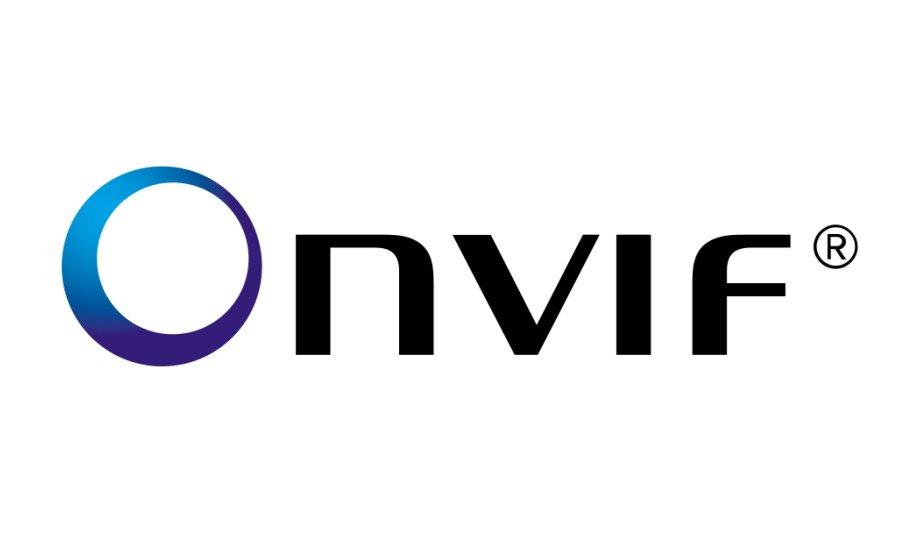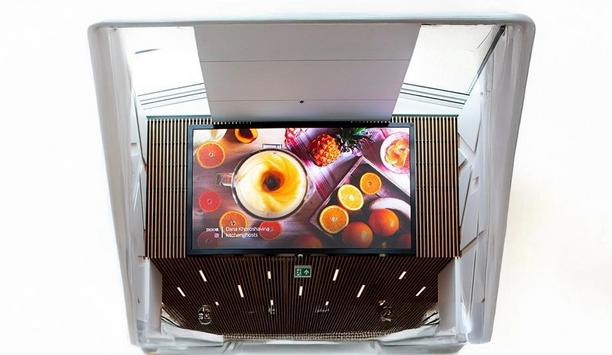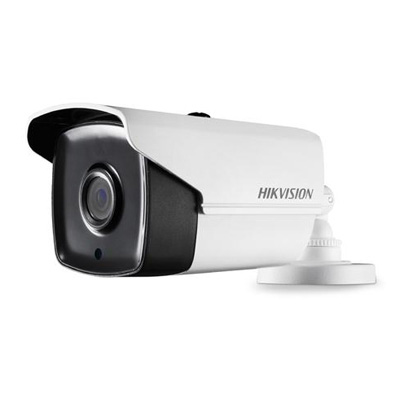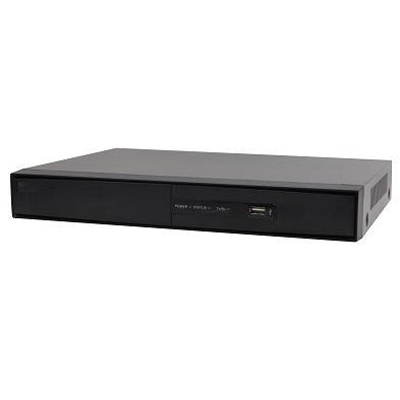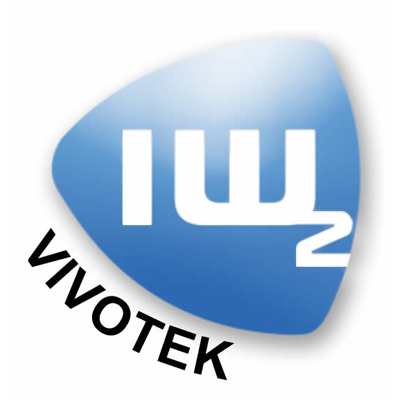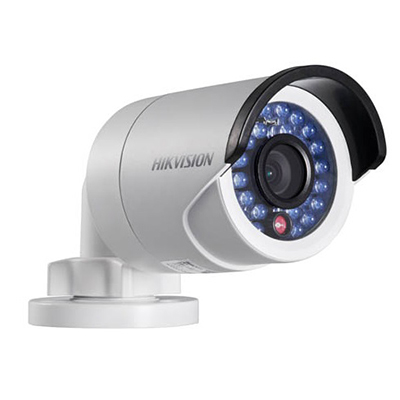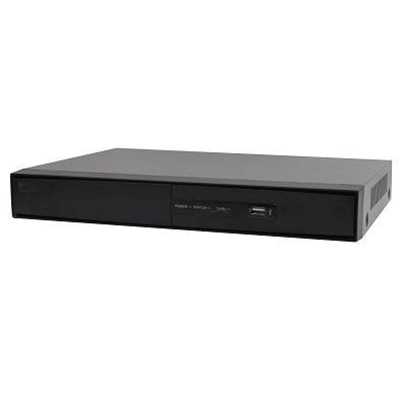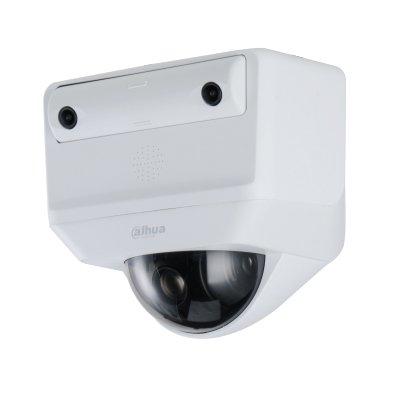ONVIF®, the global standardisation initiative for IP-based physical security products, publishes the Release Candidate for Profile D, a draft specification that covers interfaces for access control peripherals.
This newest profile candidate is designed to provide ONVIF interoperability for peripheral devices such as locks, credential/biometric readers, PIN pads, licence plate recognition cameras, door phones, sensors and displays.
Access control systems
“Profile D, together with access management profiles like ONVIF Profile A and C, and video profiles like ONVIF Profile T, will help users build modern and secure IP-based access control systems,” said Patrik Björling, Chair of the ONVIF Profile D Working Group. “It will allow for the integration of products from different manufacturers and help further drive the adoption of ONVIF interfaces in the physical access control and video surveillance space.”
A peripheral device can pass credential identifiers to a securely located Profile D conformant client
Using Profile D, a peripheral device can pass credential identifiers to a securely located Profile D conformant client, such as an access control unit or management software. The client or controller, which stores access rules, schedules and credentials, can then take the access decision and send a command back to the peripheral device to grant or deny access, display a message or request additional input such as a PIN code.
Blocked credential identifiers
Having sensitive information on a separate controller in a secured area enhances security. Communications between the device and client are secured using ONVIF security protocols such as TLS. The Profile D specification enables a conformant client to configure a conformant device with the necessary data such as which door and access point the device is responsible for, as well as configure a list of allowed or blocked credential identifiers in a device that supports this capability.
The need for standardised interfaces between access control management systems and peripheral devices is driven by innovative identification technologies such as licence plate recognition cameras for parking management, bar code reading cameras for visitor management, wireless locks and sensors for access control, and video door stations for intercom management.
Enabling standardised communications
Such devices include a door phone that combines a reader and lock with audio/video intercom
ONVIF Profile D complements Profile A and Profile C in enabling standardised communications in an IP-based electronic access control system. Profile D devices can also support video profiles such as Profile T to enable an integrated video and access control system using ONVIF interfaces.
Such devices include a door phone that combines a reader and lock with audio/video intercom, or an IP camera with a relay output connected to a lock that can be used by a guard to visually identify a visitor and remotely unlock the door.
Advanced video streaming
Founded in 2008, ONVIF is a well-recognised industry forum driving interoperability for IP-based physical security products. The organisation has a global member base of established camera, video management system and access control companies and nearly 19,000 profile conformant products.
ONVIF offers Profile S for streaming video; Profile G for video recording and storage; Profile C for physical access control; Profile Q for improved out-of-the-box functionality, Profile A for broader access control configuration, and Profile T for advanced video streaming. ONVIF continues to work with its members to expand the number of IP interoperability solutions ONVIF conformant products can provide.
